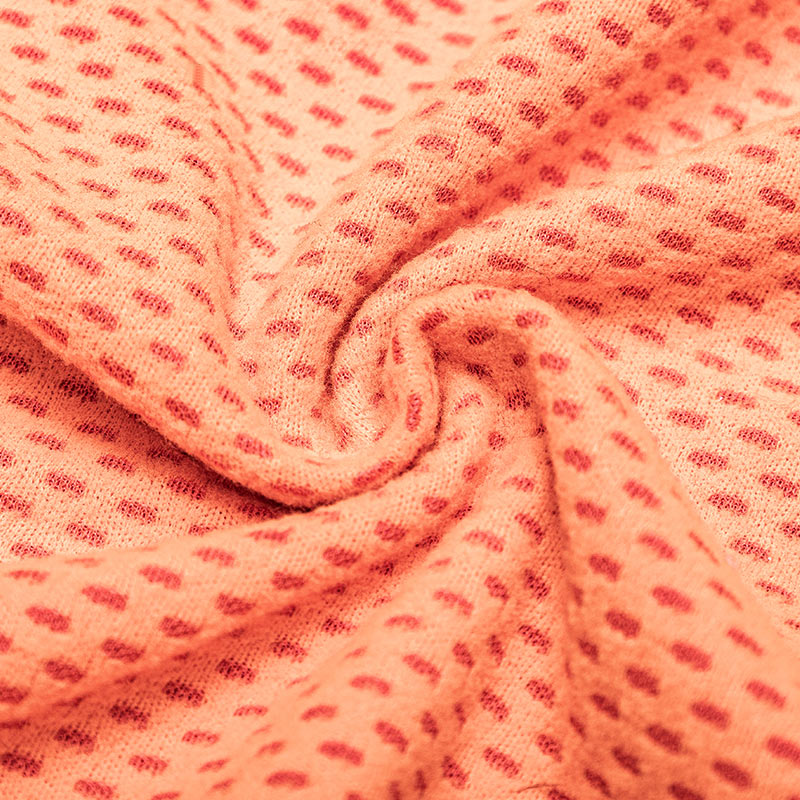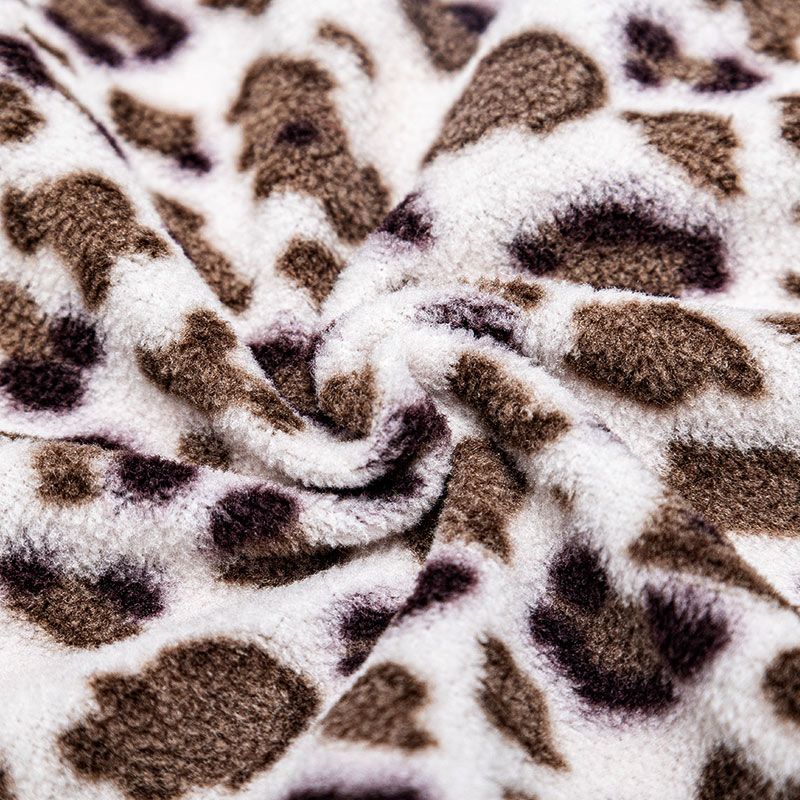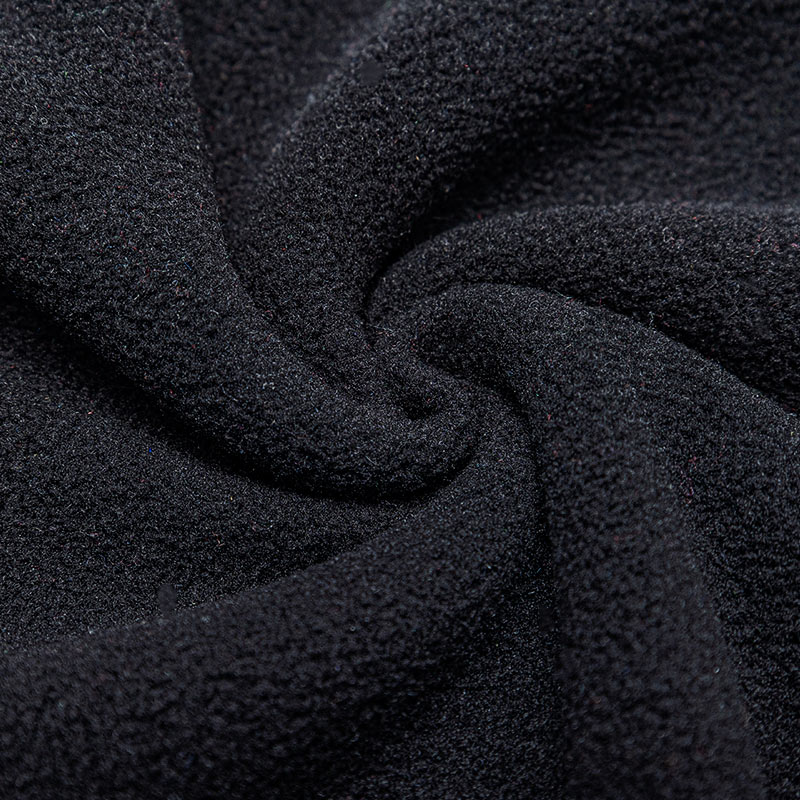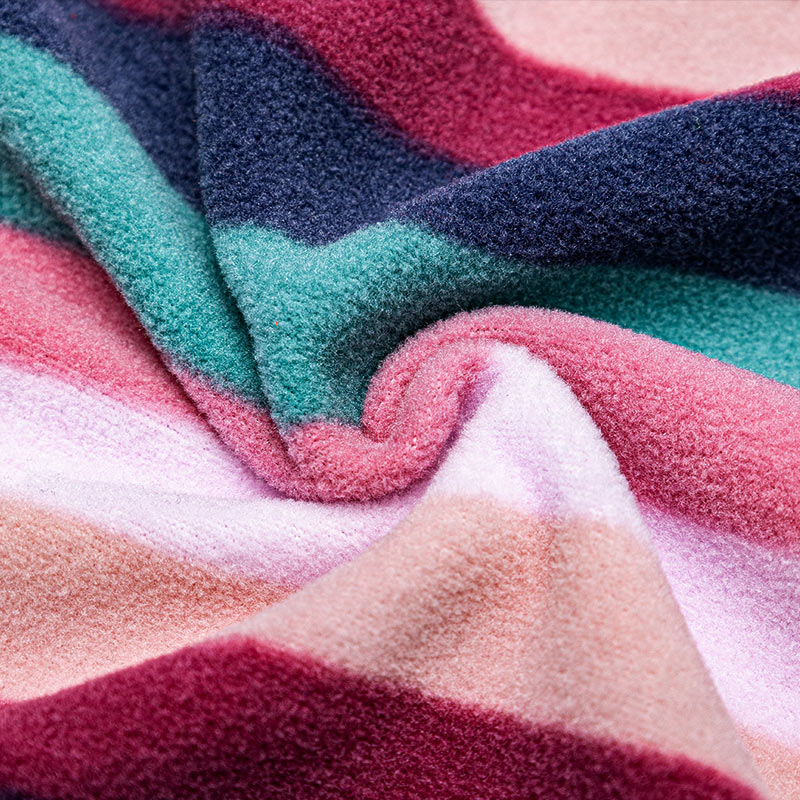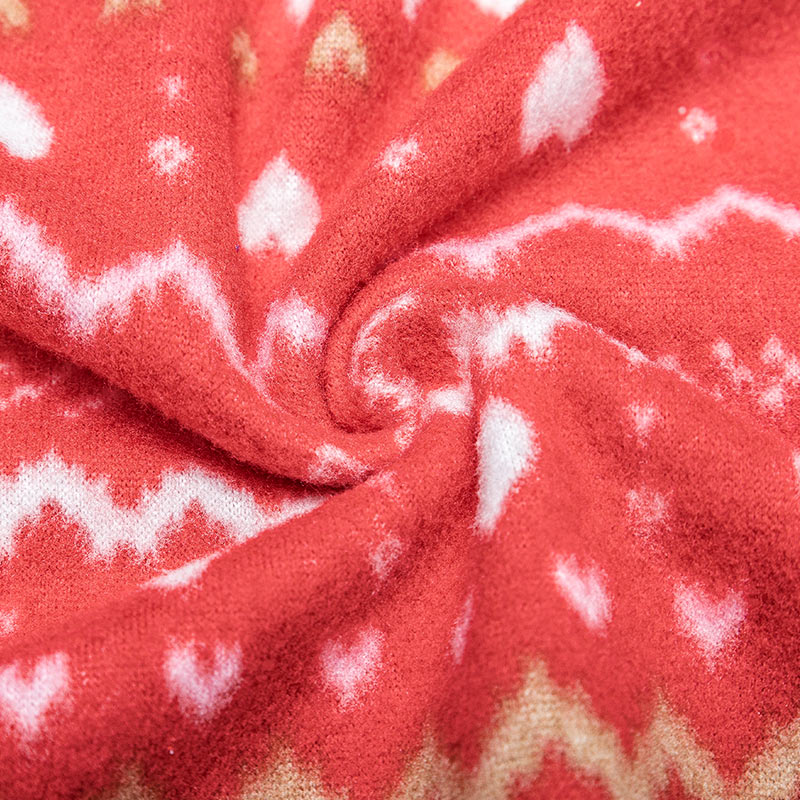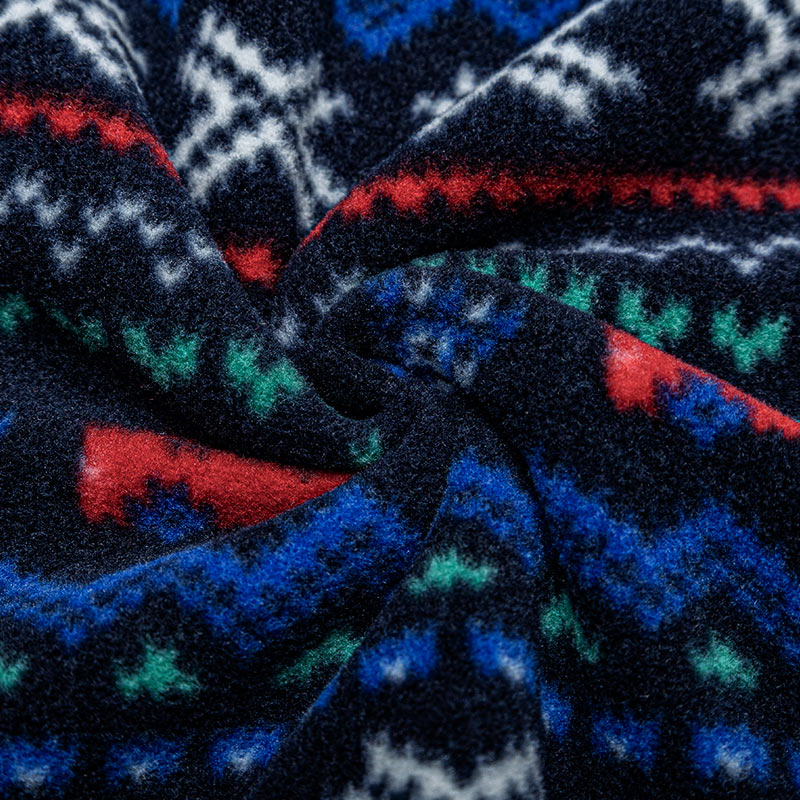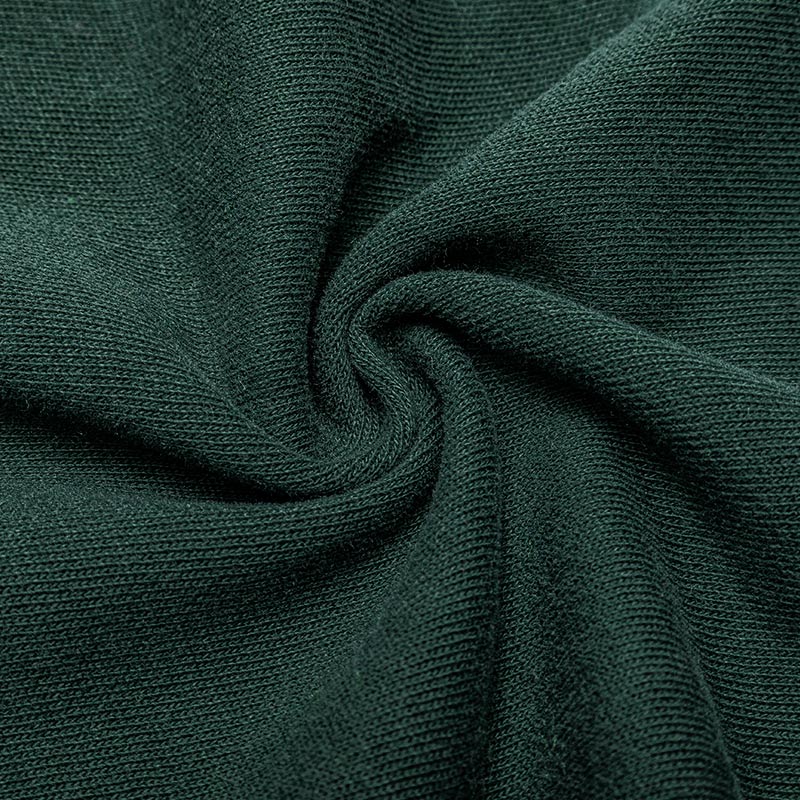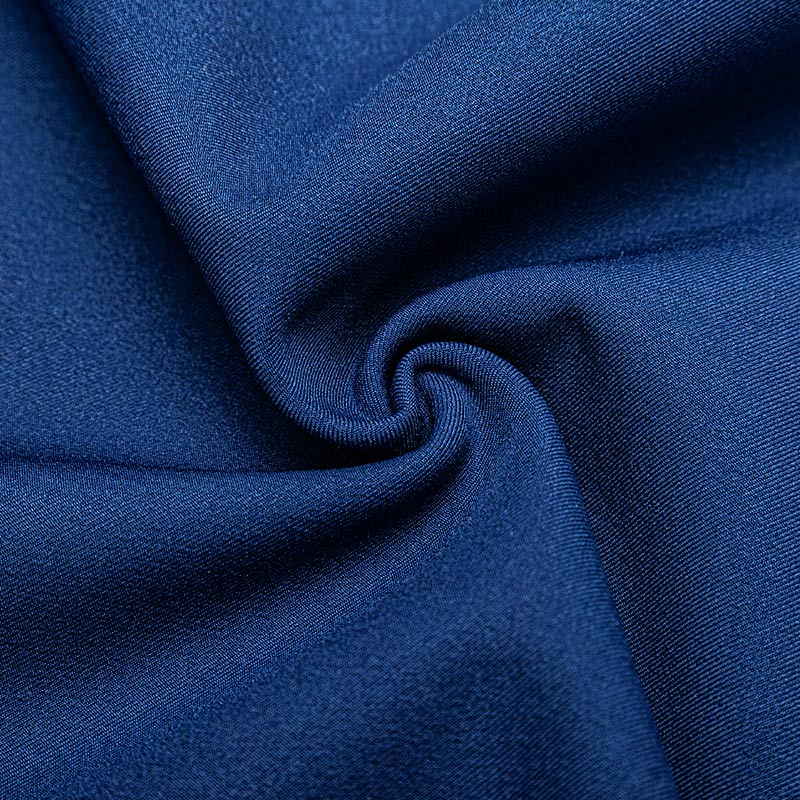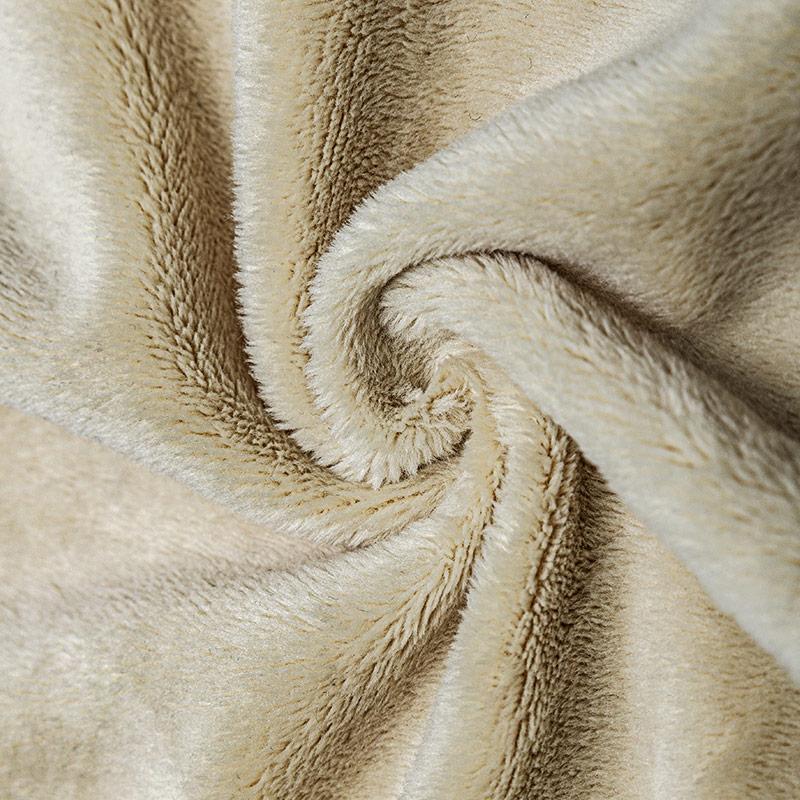100% polyester mesh fabric is generally effective at wicking away sweat and moisture from the skin due to its moisture-wicking properties and breathable nature. Here's how 100% polyester mesh fabric works to manage sweat and moisture:
Moisture-Wicking Properties: Polyester mesh fabric is engineered to draw moisture away from the skin to the outer surface of the fabric, where it can evaporate more quickly. The inherent properties of polyester, including its hydrophobic nature, help facilitate the movement of moisture away from the body.
Breathability: The open, net-like structure of polyester mesh fabric allows air to circulate freely through the fabric, promoting ventilation and airflow. This breathability helps facilitate the evaporation of sweat and moisture, keeping the wearer feeling dry and comfortable during physical activity or in warm environments.
Quick-Drying: Polyester mesh fabric dries relatively quickly compared to other fabrics, thanks to its low absorbency and moisture-wicking capabilities. After wicking moisture away from the skin, the fabric allows it to evaporate rapidly, reducing the risk of discomfort or chafing caused by wet fabric.
Temperature Regulation: By wicking away sweat and moisture and promoting airflow, polyester mesh fabric helps regulate body temperature and prevent overheating during physical activity or in hot weather. The fabric's moisture-wicking and breathable properties contribute to overall comfort and performance.
Versatility: Polyester mesh fabric's ability to manage sweat and moisture makes it suitable for a wide range of applications, including athletic apparel, activewear, sportswear, footwear, bags, and accessories. Its effectiveness at keeping the wearer dry and comfortable makes it a popular choice for active lifestyles and outdoor activities.
While 100% polyester mesh fabric is generally effective at absorbing sweat and moisture, its performance may vary depending on factors such as fabric construction, weight, and treatment. Additionally, proper garment design and construction play a role in maximizing the fabric's moisture-wicking capabilities and overall performance.
.jpg)
